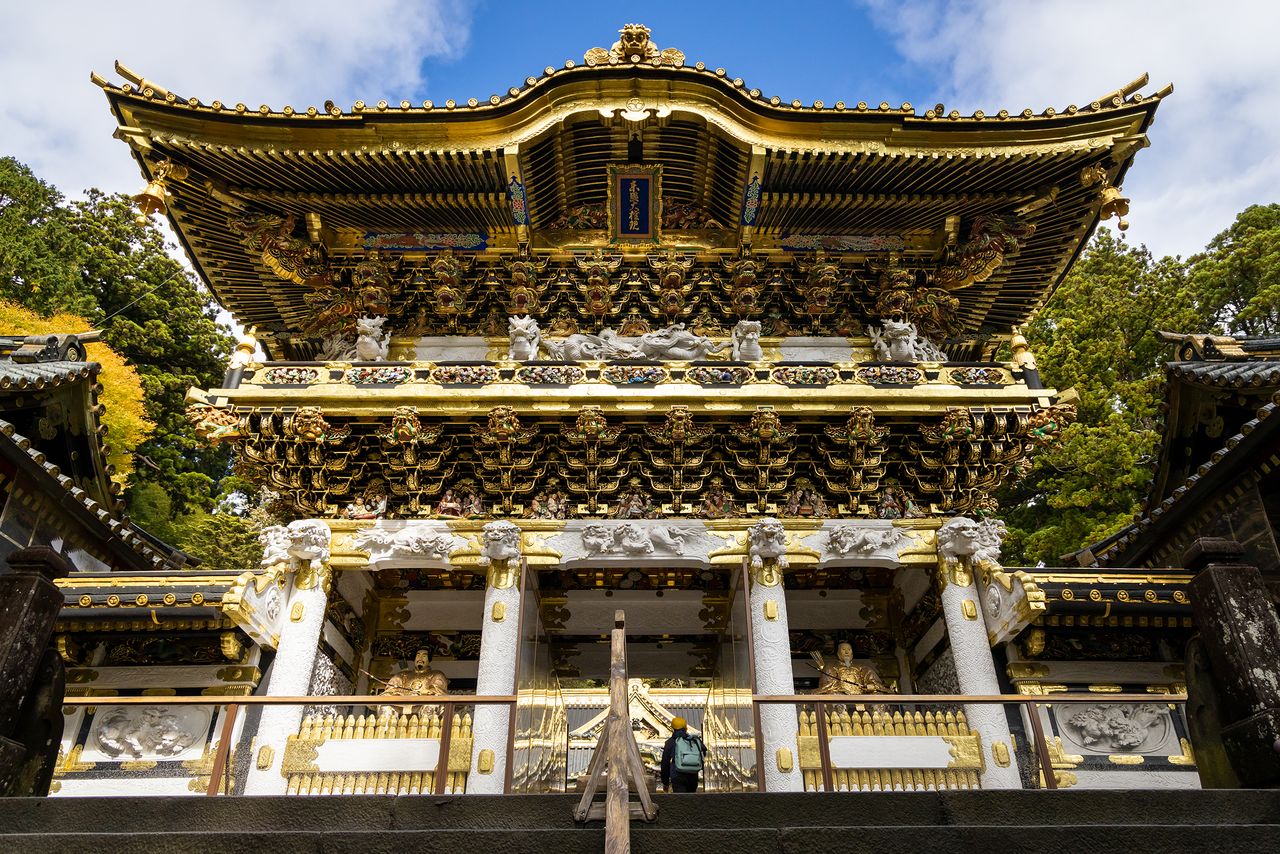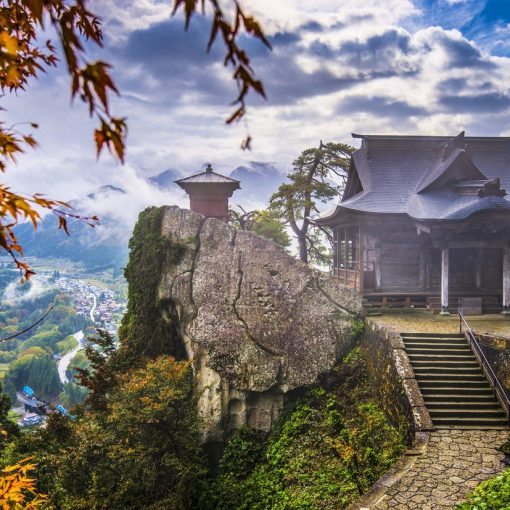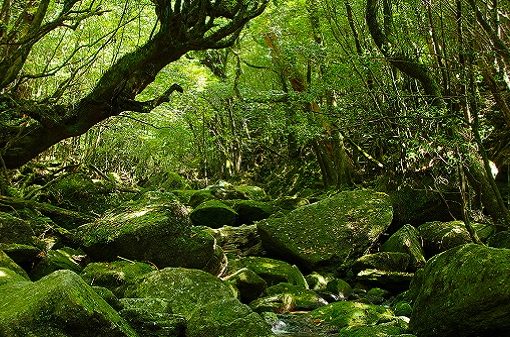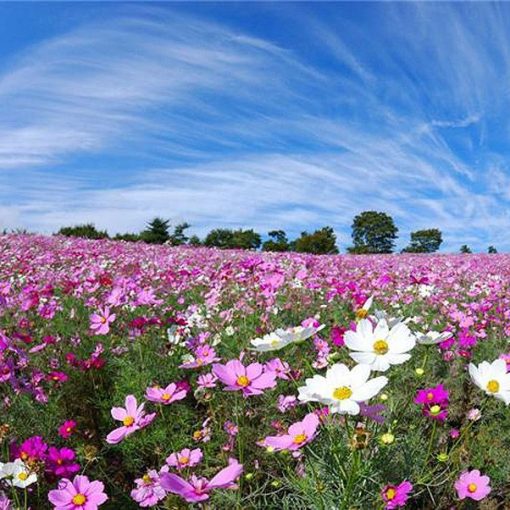Tochigi Prefecture ( Tochigi-ken) is a Japanese prefecture located in the Kanto region on the island of Honshu. Tochigi Prefecture has a population of 1,943,886 (June 1, 2019) and a geographic area of 6,408 km2 (2,474 sq mi). Tochigi Prefecture is bordered by Fukushima Prefecture to the north, Gunma Prefecture to the west, Saitama Prefecture to the south, and Ibaraki Prefecture to the southeast.
Utsunomiya is the capital and largest city of Tochigi Prefecture, along with other major cities including Oyama, Tochigi, and Ashikaga. Tochigi Prefecture is one of eight landlocked prefectures, and its mountainous northern region is a popular tourist region in Japan. The Nasu area is known for its onsen, local sake and ski resorts, the imperial family’s villa, and the Nasushiobara Station of the Shinkansen Line. The city of Nikko, with its ancient Shinto shrines and Buddhist temples, is a UNESCO World Heritage Site.
Nestled among the interior prefectures of the northern Kanto region, Tochigi borders the prefectures of Ibaraki, Gunma, Saitama, and Fukushima.
The climate of Tochigi can be classified as a temperate humid zone with wide temperature fluctuations. Winters are dry with dry winds, while summers are humid with frequent thunderstorms.
The population of Tochigi as of November 2010 is approximately 2,005,096.
At the center of the prefecture is the largest open plain in the Kanto region. Mounts Shirane (2578 meters (8458 ft)), Nantai (2484 meters (8150 ft)) and Nasudak (1917 meters (6289 ft)) are in the northern part of the district. The Kinugawa, Nakagawa, and Watarase rivers originate in this region and flow through the Kanto Plain before emptying into the Pacific Ocean. Tochigi is the 20th largest prefecture in Japan with a total area of 6,408.09 sq. km.
As of April 1, 2012, 21% of the prefecture’s total area was classified as nature parks, namely Nikko National Park, Oze National Park, and eight prefectural nature parks.
Story
Before the Meiji Restoration, Tochigi was known as Shimotsuke Province.
In the early 15th century, Ashikaga Gakkō, Japan’s oldest high school, was re-established in the prefecture, with over 3,000 students by the 16th century. Saint Francis Xavier introduced Ashikaga to the world as the best university in Japan.

In the early 17th century, Japan was unified under the rule of the shogun Tokugawa Ieyasu. After his death, the Tosho-gu shrine was built in Nikko on what the shoguns considered holy ground to protect and worship Ieyasu. The creation of Nikkō Tosho-gu in 1617 brought Nikkō to national attention. The Tokugawa shogunate developed the Nikkō Kaido ( part of the main road connecting Nikkō with Edo) and held lavish processions to worship Ieyasu, the founder of the Tokugawa shogun line.
In the late 19th century, the Tokugawa shogunate fell and the new government established prefectures. The prefectural capital was established in Tochigi City after the unification of Utsunomiya Prefecture and Tochigi Prefecture in 1873. However, by 1884 the capital was moved to Utsunomiya.
In March 2011, after the nuclear disaster at Fukushima Daiichi, the level of radioactivity in Utsunomiya was 33 times higher than normal.
Food
Kanpyo is a famous Tochigi product made from a gourd called yugao (夕顔, lit. “evening face”). The gourd is thinly sliced and dried, then reconstituted in water when used. The end product is a brown marinade-like substance that is perhaps most commonly found as a filling in sushi rolls. Tochigi produces 90% of Japan’s kanpyo and is also the largest strawberry producer in Japan.
Gyoza is a famous food in Utsunomiya, Tochigi. These are dumplings with various ingredients, most often with garlic and pork. There are many delicious Gyouza shops in Utsunomiya. You can taste not only yaki-gyoza (pan-fried), but also age-gyoza (fried) and sui-gyoza (steamed). Tochigi is the prefecture that consumes the most gyoza in Japan.
Tochigi wa-gyu is Japanese-raised beef. It is an expensive, marbled-fat beef that can be served (among other things) as a steak, hamburger, thinly sliced for sukiyaki or shabu-shabu dishes, and is highly revered by the locals.
Soba and Udon: Soba is a noodle made from buckwheat and other grains. Handmade soba or udon (thick flour noodles) are served in soup bowls with local vegetables and meat, or dry with sauce. Be sure to sip as you like!




